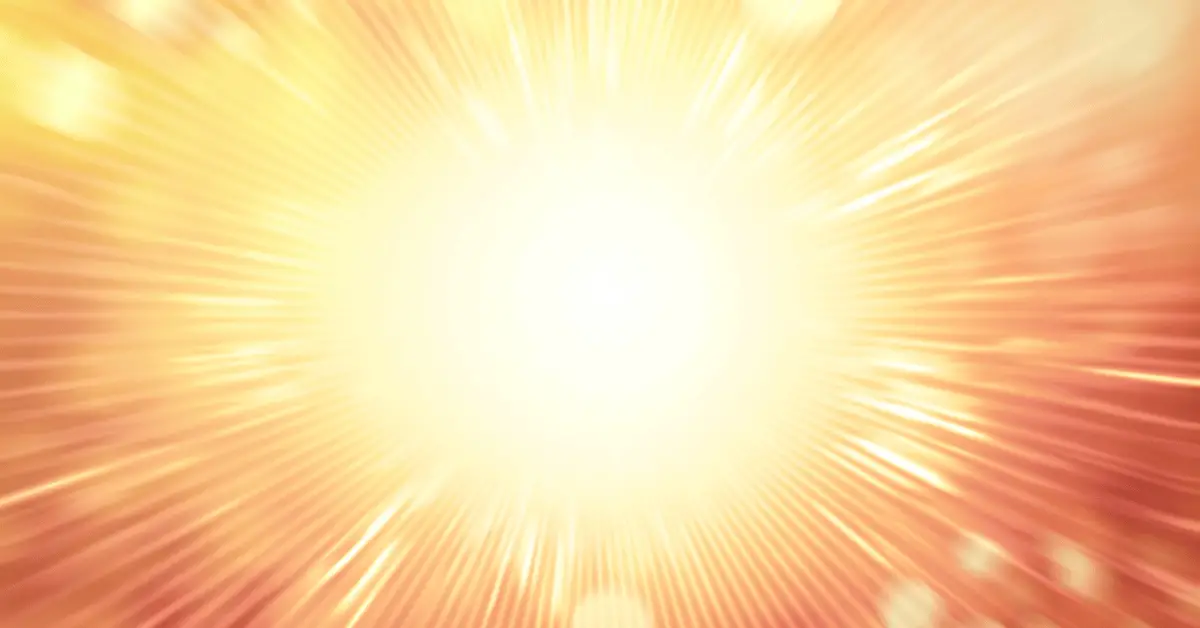Laser projectors have gained popularity in recent years for their ability to produce stunning visuals and sharp images. One of the key factors that people consider when choosing a projector is its brightness, which can have a significant impact on the quality of the projected image. But how bright are laser projectors compared to traditional lamp-based projectors? In this article, we’ll explore the brightness levels of laser projectors, the factors that can affect their brightness, and what to consider when choosing a laser projector for your needs. So if you’re curious about laser projectors and their brightness, read on to learn more!
Table of Contents
How Bright Are Laser Projectors?
Laser projectors are a new and innovative technology that has been gaining popularity in recent years. They offer many advantages over traditional lamp-based projectors, including brighter and more vibrant images, longer-lasting bulbs, and lower maintenance costs. But just how bright are laser projectors, and what factors can affect their brightness levels? In this article, we’ll explore the answers to these questions and provide you with a comprehensive guide to understanding the brightness levels of laser projectors.
Brightness Levels of Laser Projectors
When it comes to projector brightness, the term used to describe it is “lumens.” Lumens measure the amount of light that a projector can produce, and the higher the number of lumens, the brighter the projected image will be. Laser projectors typically have a higher lumen output than traditional lamp-based projectors, with some models offering up to 10,000 lumens or more.
However, it’s important to note that not all laser projectors are created equal. The brightness level of a laser projector can vary depending on the model and brand, and there are several factors that can affect the projector’s brightness output.
Factors That Affect Laser Projector Brightness
- Laser Type
The type of laser used in a projector can significantly affect its brightness. There are two primary types of lasers used in projectors: blue laser diodes and green laser diodes. Blue laser diodes have a higher efficiency and produce more lumens than green laser diodes, resulting in a brighter image.
- Projector Distance and Screen Size
The distance between the projector and the screen, as well as the size of the screen, can also affect the projector’s brightness output. If the projector is too far away from the screen or the screen is too large, the image may appear dimmer. Similarly, if the projector is too close to the screen or the screen is too small, the image may appear overly bright and washed out.
- Ambient Light
The amount of ambient light in the room where the projector is being used can also affect its brightness. The more ambient light there is, the more difficult it will be for the projector to produce a bright and clear image. For best results, it’s recommended to use a laser projector in a dark or dimly lit room.
- Color Accuracy
The color accuracy of a laser projector can also affect its perceived brightness. A projector with poor color accuracy may produce an image that appears dimmer or washed out, even if the actual brightness output is high.
Choosing the Right Laser Projector
When choosing a laser projector, it’s important to consider your specific needs and use case. If you plan to use the projector in a large venue or outdoor setting, you may want to opt for a high-brightness model with a lumen output of 5,000 or more. If you plan to use the projector in a smaller room or home theater, a lower brightness model may be sufficient.
Additionally, consider the projector’s other features, such as resolution, contrast ratio, and connectivity options. These factors can also affect the overall image quality and performance of the projector.
What is the brightness level of laser projector?
The brightness level of a laser projector can vary depending on several factors, including the specific model and brand of the projector, the laser type used in the projector, and the environment in which the projector is used. Generally, laser projectors have a higher lumen output than traditional lamp-based projectors, with some models offering up to 10,000 lumens or more. However, it’s important to note that not all laser projectors are created equal, and the actual brightness output can vary depending on the specific factors mentioned above.
In addition to the lumen output, laser projectors also typically have a higher contrast ratio than traditional projectors, which can further enhance the brightness and clarity of the projected image. Laser projectors are also capable of producing a wider range of colors, resulting in more vibrant and true-to-life images.
It’s important to note that the brightness level of a laser projector can also be affected by the distance between the projector and the screen, as well as the size of the screen. If the projector is too far away from the screen or the screen is too large, the image may appear dimmer. Similarly, if the projector is too close to the screen or the screen is too small, the image may appear overly bright and washed out.
Overall, laser projectors offer a high level of brightness and clarity, making them an ideal choice for large venues and outdoor settings, as well as home theaters and other environments where high-quality visuals are important. When choosing a laser projector, it’s important to consider your specific needs and use case, as well as the various factors that can affect the projector’s brightness output.
Conclusion
Laser projectors offer many advantages over traditional lamp-based projectors, including brighter and more vibrant images, longer-lasting bulbs, and lower maintenance costs. The brightness output of a laser projector can vary depending on several factors, including laser type, projector distance and screen size, ambient light, and color accuracy. By understanding these factors and choosing the right laser projector for your needs, you can enjoy a bright and stunning visual experience.

